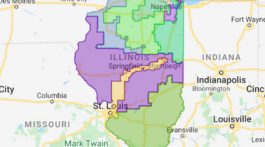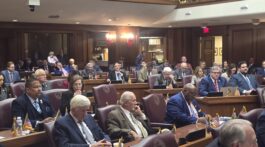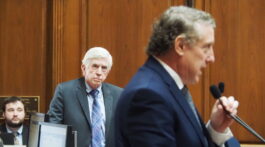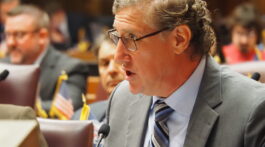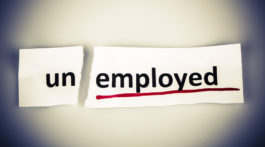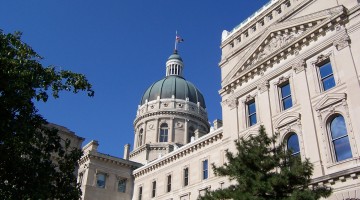Dear Lt. Gov.Holcomb and Mr. Gregg:
When assessing Dynamic and Creative Culture – the fourth driver in the Indiana Vision 2025 economic development plan – the state’s performance and prospects yield another “p” word: paradoxes. Consider the following in analyzing the atmosphere for individuals to start and grow their businesses and provide the good-paying jobs that are so essential to our economic future:
- Company and job expansion announcements that are countered by Kauffman Foundation rankings placing Indiana among the bottom states in entrepreneurial and start-up activity
- The business and employee growth that is taking place is overly weighted in Central Indiana. The economic and population divide within our state is a reality that must be addressed
- Despite tech sector momentum and some additional resources becoming available, the state’s venture capital funding fails to keep pace in dollars or deals
- While states and communities across the nation, including Indiana, seek to attract companies, small businesses and existing companies create the majority of new jobs. Proper attention must be given to all enterprises
A $1 billion entrepreneurship plan announced by Gov. Pence in mid-July is a step in the right direction. Even this proposal, however, presents contrasts. New pension fund investment in early-stage and mid-market companies is welcome and making the Venture Capital Investment Tax Credit transferable is an important, common sense step. The continuance of existing spending levels in the 21 Fund raises questions about the amount (is $30 million a year making a difference?) and focus (which has shifted numerous times over the years).
We measure Dynamic and Creative Culture by factors that also include technology transfer, patents, foreign direct investment and exports. But any conversations on this topic must include facets of other Indiana Vision 2025 drivers: Educating young people and developing needed workforce skills (Outstanding Talent) and tax incentives/investments (Attractive Business Climate) that reflect the requirements of today’s innovative organizations.
Increasing attention has been properly placed in recent years on what is popularly known as “quality of place.” What does that mean from a policy perspective?
- Remove the inaccurate global perception for some that Indiana is not a welcoming place. Expand civil rights protections to include sexual orientation and gender identity, followed by a moratorium on social issues and a return to focusing on the many important economic and job challenges that our state faces
- Build on the Regional Cities Initiative that not only directed matching funding to winning entities, but created partnerships that had failed to exist in many places. More than half (54) of Indiana’s 92 counties lost population in 2015 and long-range estimates do not envision a change in the trend. Rural areas, in particular, must be provided the tools and assistance to be able to compete
- Take previous investments or designations (the Research & Development Tax Credit and tech parks are two examples) and strive to make them more effective and better utilized
Members of the Indiana Chamber’s recently-formed Indiana Technology & Innovation Council were surveyed about their biggest concerns. While people (talented workers) and money (access to capital) dominated, additional responses centered on “place.” Those include: lingering effects of the Religious Freedom Restoration Act, lack of a statewide technology focus and perception of Indiana as not being a tech state.
A Dynamic & Creative Culture must utilize Indiana’s existing strengths – manufacturing, logistics, agriculture and more – and combine them with the innovative technologies that will enable success for Indiana organizations in all industries.
We said in our first letter that the collaboration between business and education is unfortunately not yet at the level required. The same gap often exists between Indiana companies – big and small, and “traditional” and “tech.” Anything the state can do to properly incentivize or facilitate these relationships is welcome and needed.
The Indiana business community appreciates the opportunity to share these priorities in this series of letters. It stands ready to be a partner in making the beginning of our state’s next 200 years as glorious as its past.
Sincerely,
Kevin M. Brinegar
President and CEO
Indiana Chamber of Commerce, representing 24,000 members and investors statewide


